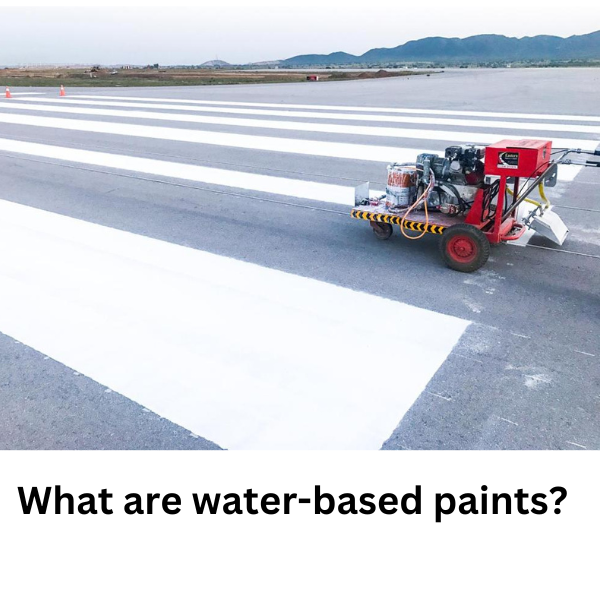In recent years, the use of water based paints has gained more popularity, as people have become more environmentally loyal. These paints give a number of advantages over standard solvent-paints as well as they are eco-friendly. In this article, we will discuss everything about water-based paints.
What is Water-Based Paints?
Water-based paints, also called latex paints. They are composed of water-soluble resins. A number of materials that include acrylics, vinyl and PVA, are used in making these resins. The pigments are also water-soluble that are used in water-based paints, which means they can be easily mixed with the resins to make the selected color.
Types of Water-Based Paints
There are different types of water-based paints. Each paint has its own special characteristics.
Now discuss some of its types.
- Latex paints
Latex paints are the most common type of water-based paint. They are composed of acrylic resins and provide great durability and range. Latex paints are best to use on walls and ceilings, also on wood and metal surfaces.
- Acrylic Paints
Acrylic paints are made of different types of resin although they are alike latex paints. They are nonfading and weatherproof, best to use on walls and outdoor surfaces.
- Chalk Paints
Chalk paints are a type of water-based paint that is nonglossy and nonshiny because they have a matte finish. They are best to use on furniture and other decorative items, as they provide an antique, lived-in look.
- Milk Paints
Milk paints are made from natural components which include milk protein, lime, and pigment. They are best to use on furniture and other decorative items, as they provide a special, cozy look.
How to Apply Water-Based Paints
Applying water-based paints are simple to apply, but there are a few things you need to keep in mind. Here are some points for applying water-based paints:
- Clean the surface: Make sure the surface is clean and free of dirt and dust, before applying water-based paint.
- Prime the surface: it is important to prepare a fresh surface before painting it. This will help to produce a smooth and uniform finish. Also, it improves paint adhesion.
- Apply the paint: Paint should be applied in thin, even coats with a brush or roller. Follow the manufacturer’s instructions regarding the number of coats and drying time.
- Clean up: Use soap and water to clean any drips or spills quickly. You can also use soap and water to clean your rollers and brushes.

Advantages and Disadvantages of Water Based Paints
This section deals with the advantages and disadvantages of Water based paints
Advantages:
1. Eco-friendly: Water-based paints do not use harmful solvents, also they produce fewer volatile organic compounds. As these (VOCs) are bad for human health and also for the environment. So, water based paints are eco-friendly by producing lesser (VOCs).
2. Easy to clean up: As compared to solvent paints, water-based paints are more easier to clean up. The solvent-based paints require severe chemicals to clean up but the water based paints can be easily cleaned up with soap and water.
3. Quick drying: Water-based paints dry much faster than solvent-based paints, which means you can apply several coats in less time.
4. Low odor: Water-based paints are much more pleasant to work with because they have a much lower odor than solvent-based paints.

Disadvantages:
1. Less durable: Especially when it comes to exterior surfaces water-based paints are less durable than solvent-based paints.
2. Less coverage: You may need to paint more coats to get the finish you want because water based paints give less coverage than solvent-based paints
3. Can be difficult to apply: You should be experienced with them otherwise water-based paints can be difficult to apply.
4. May require more maintenance: Water-based paints may needs more care than solvent-based paints, especially if they are exposed to bad weather conditions.
Use of Water-Based Paints on Roads
Water-based paints are commonly used for road markings, such as center lines, edge lines, and crosswalks. They give different benefits over solvent-based paints, including:
1. Quick drying: Water-based paints dry much faster than solvent-based paints, which means road markings can be applied more quickly.
2. Reflectivity: Water-based paints can be made more reflective than solvent-based paints, which makes them more visible to drivers at night.

Overall, water-based paints are a great option for road markings, as long as they are applied correctly and maintained properly. They provide many benefits over solvent-based paints, that includes quick drying, low odor, and eco-friendliness, but they may not be as durable or long-lasting as solvent based paints. The airport marking paints are also water based paints.









